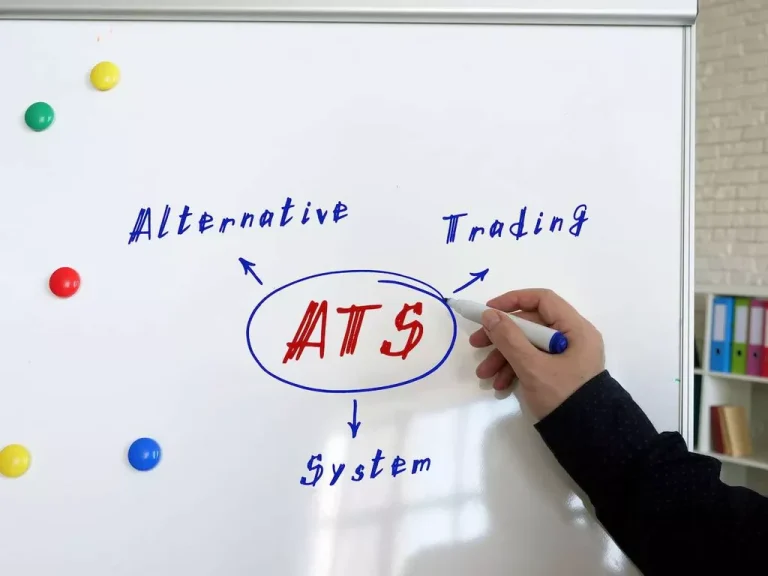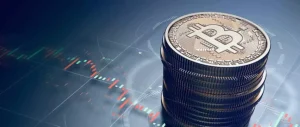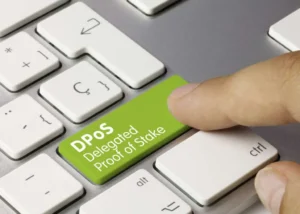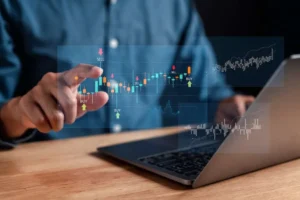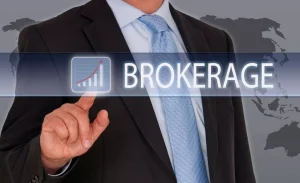Because Wall Street has a centuries-old monopoly in the financial products area, many think of shares and bond trading as the limited, classic aspect of purchasing and selling securities on the London Stock Exchange or NASDAQ with the prime brokerage. An alternative trading system (ATS) is essential in competing with classic marketplaces. Still, it also assists in eliminating the limitations of standard financial marketplaces by forming additional opportunities for many users. Let’s discuss why ATSs are needed, what categories of structures exist, and how laws regulate them.
What Do Alternative Trading Systems Do?
ATSs are an essential element of the public trading sector. They have emerged as a profitable alternative to standard share markets to quickly access market liquidity or exchange assets for commodities and services. ATS eliminates the need for centralization, control, and agents, obligatory elements of the classic exchange ecosystem.
An ATS is especially valuable if we are talking about agents with significant volumes of commercial operations, e.g., investors and qualified members, since with their help, it is possible to prevent the distortion of market costs, which is the key downside of standard share exchanges. The fact is that the operations that occur on the ATS are not public and are not listed on publicly available order books. Moreover, fewer standards are established in addition to those governing conduct in such a structure.


Turnkey Brokerage Solution For Your Business
Get the most profitable fully licensed fx/crypto brokerage software or ready-to-operate business in 48 hours. Best-in-class web & mobile trading platforms, sales-driven CRM, full integration with MT4/5, and 150+ payment providers.
Types of Alternative Trading Systems
As defined above, ATS has gained popularity recently because it lets investors access liquidity outside classic exchanges. With the growth of dark pools and private commercial portals enabling investors to trade massive volumes of securities without revealing personal data, ATS has become a vital element of the financial ecosystem. Today, there are many alternative trading systems examples, and each of them has its exciting functions and strengths:
- Electronic Communication Networks (ECN): these structures let financial market members collaborate without the need to engage a classic broker. ECNs may be utilized by all investors, regardless of their trading volume, and they suggest access to a vast selection of securities. ECNs typically have better fees than working with a standard intermediary. In addition, they may provide a minimum execution period.
- Dark Pools: these private trading platforms let members namelessly deal with vast amounts of securities. It is a popular solution among institutional investors looking to decrease huge transactions’ market exposure. You may come across broker-dealer or independent dark pools. Remember, standard intermediaries manage ATS broker and dealer structures, while independent solutions are the responsibility of third-party counterparties.
- Crossing Networks: ATS offers matching purchase and sell deals from multiple market players. Institutional investors often choose this mechanism in order, like dark pools, to suggest a significant block of securities for sale without changing their market value. Crossing networks can be displayed or non-displayed. Displayed structures demonstrate orders to all members, while non-displayed systems hide them until execution.
- Call Markets: an alternative trading system that assorts orders until the required quantity is collected to complete the operation. It means deals occur at pre-specified intervals. The market calls to identify the actual market-clearing cost (the balancing worth of the assets) relying on the trading securities suggested and bid on by owners and purchasers, respectively. It is the optimal solution for institutional members, including banks, hedge funds, etc.
The ATS category that is more comfortable for a particular financial area participant depends on his preferences and needs. Institutional investors should learn more about call markets, сrossing networks, and dark pools, while retail participants often prefer ECN.

Pros And Cons of Utilizing ATS
ATS trading has proven to be an effective alternative to classic exchange performance, and such solutions occupy a special position in the financial area. However, it is critical to recognize all aspects of the ATS to get the most out of interacting with the structures:
- High liquidity: the alternative trading system provides a portal for dealing with assets that do not have the necessary liquidity in the classic marketplace. By combining supply and demand from different sources, an ATS offers optimal liquidity and the best order execution prices.
- Reduced spending: ATSs typically have lower overhead costs than classic exchanges due to their technological procedures. Such savings provide transaction participants with minimal commissions.
- Anonymity and confidentiality: with ATS, counterparties can perform transactions without disclosing personal data. It is relevant for investment investors who plan to eliminate a large package of securities without telling the world about their plans.
- More flexible hours of operation: Many ATSs offer extended hours of operation so that participants can make deals even when marketplaces are closed. It provides a timely reaction to the latest information.
Despite the many advantages of ATS compared to classic exchanges, it is essential to remember some downsides that arise during the collaboration with them:
- Operational risks: the structures are based on advanced technologies, which makes ATS subject to risks, including failures, programming mistakes, cyber threats, etc.
- Systemic risks: decentralization of commercial activities provokes systemic risks. As we know, some categories of ATS, including dark pools, are characterized by a low level of operation transparency, which can lead to an unstable situation in the area.
- Refusal to announce prices: unlike standard exchanges, some ATS do not inform about prices before the operation is concluded, which restricts the cost identification procedure.
Because ATSs operate in various regions, they must navigate complex and ambiguous legislative frameworks. Changing directives or violating standards pose significant risks.
Regulation of Alternative Trading Systems (ATS)
The legislative framework for ATS is a critical element of the financial area, especially during the active development of dark pools. Legal acts form the primary norms and regulations that govern the functioning of the ATS, guaranteeing its honesty and transparency. Without precise regulation ATS, the performance of the structure may become fraudulent.
- In the USA, a particular statute was adopted in 1998 by the Securities and Exchange Commission (SEC). It contains requirements that ATSs register with the authorized body, publish information about their operations and commercial standards, and adhere to financial reporting regulations.
- In Europe, the Markets in Financial Instruments Directive (MiFID II) provides the legislative standards for ATS. This document focuses on increasing transparency, creating a competitive environment, and maximizing the protection of the interests of all participants in financial processes.
- Local regulatory institutions monitor ATS activities in other financial markets worldwide. Their rules vary significantly, creating distinctions in market structures, legislation, and regulatory standards.
The alternative trading system is an essential commercial platform that brings together large enterprises and investors in various places. ATS solutions allow participants to exchange and purchase securities in any volume without loss in value in the shortest possible time. However, from time to time, such structures encounter technical difficulties and create risks of price manipulation. Before using such a system to solve your problems, you must analyze its strengths and weaknesses.
